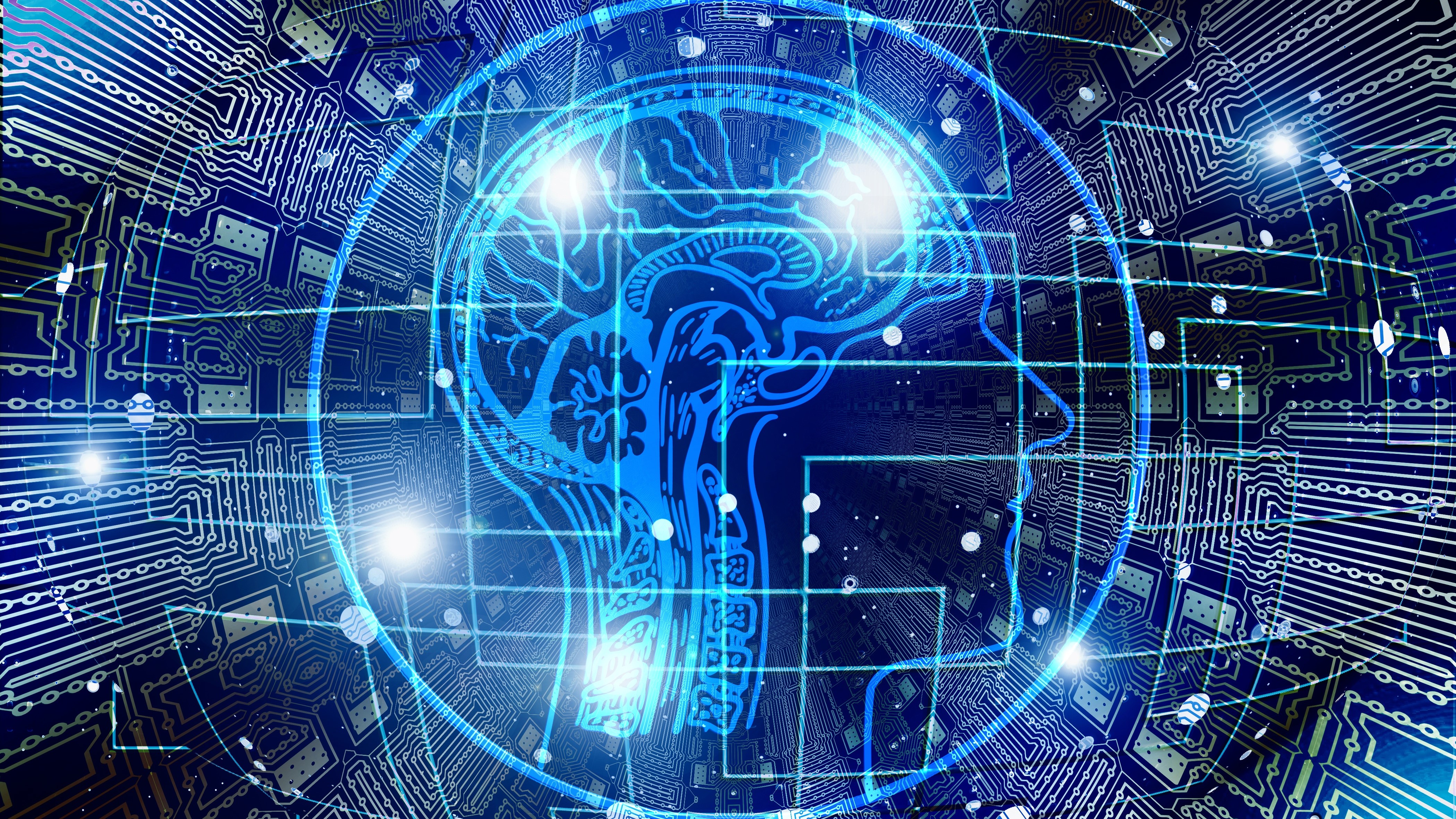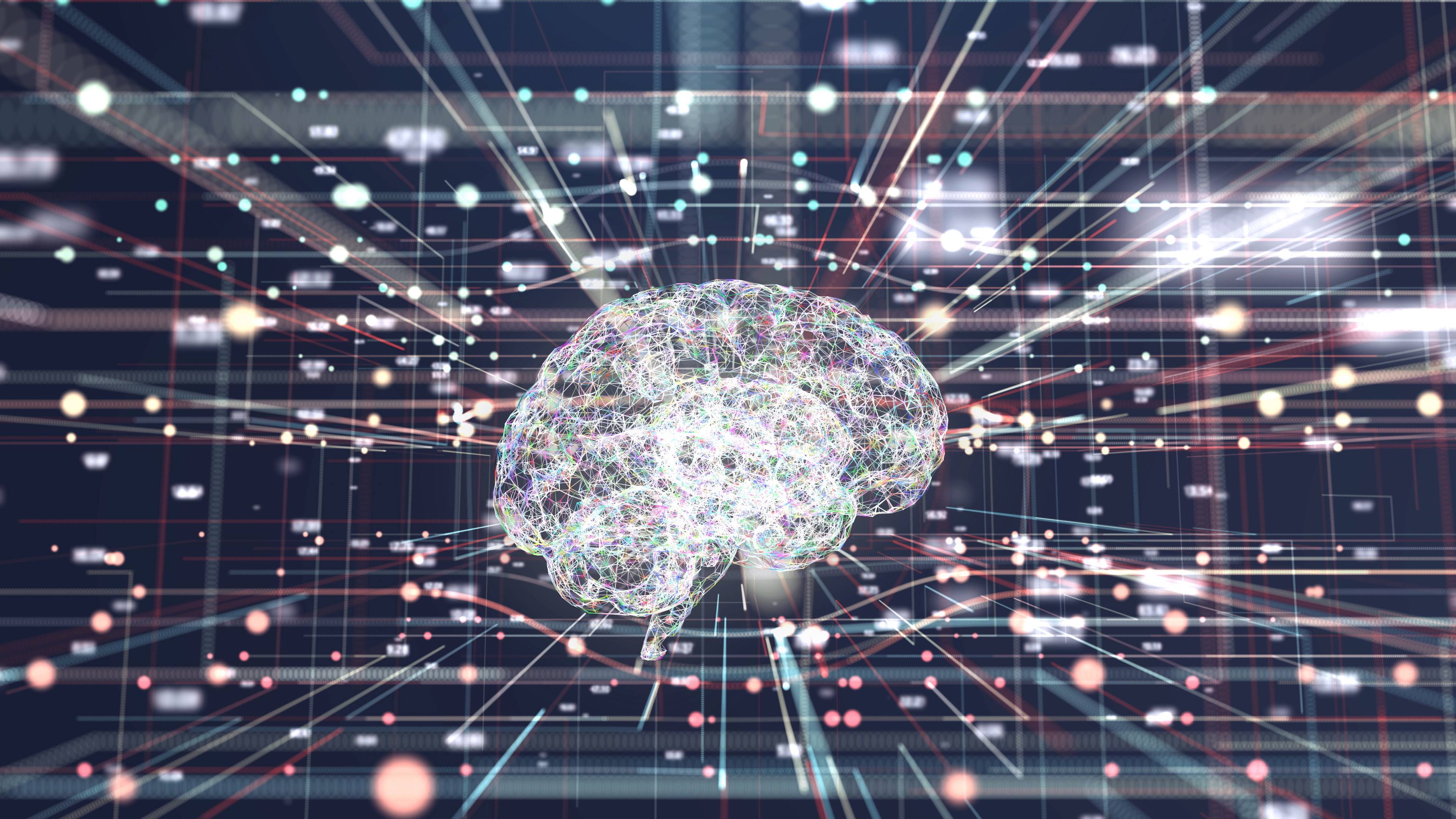Originally published in TechRader. Marc Vontobel, Starmind CTO & Founder, describes how AI is best placed to unlock human skills and usher in a new era of people-powered, creative and intelligent problem-solving.
One of the most straightforward ways to think about artificial intelligence is to define it as a machine’s ability to understand or perform in a way that would normally need human intelligence.
A lot of what we see called AI in software and cloud services is closer to automation. Automation is based on input and response: an input of X equals a response of Y. With the growing complexity of algorithms, the calculations undertaken to decide how to respond to a given input can be extremely complicated and so automated responses created in this way can give the impression of intelligence. But in reality they are predetermined.
Take the example of the supercomputer playing chess against a grandmaster, versus the six year old playing the same grandmaster. As expected, the supercomputer is winning the game while the child is losing. But suddenly something unexpected happens — the grandmaster appears to be having a heart attack.
The child, even though it has not been in this situation before, can recognise something is wrong and can run to get help. While the computer, no matter how advanced, becomes utterly useless unless the creator thought about that situation before, equipped the computer with a camera and trained it to recognise a heart attack based on thousands of images showing a person having a heart attack.
While AI is unlikely to ever reach the human level artificial intelligence that’s required in the above example, advanced artificial intelligence systems are starting to get better at adapting to unknown scenarios and functioning in ways that are closer to the human brain.
What is the potential for AI in transforming how large enterprises work in the coming years?
Today, Software-as-a-service (SaaS) tools have transformed how enterprises operate from internal collaboration through to sales or tech development. Artificial intelligence will define the next generation of this software, allowing organisations to not just connect employees to each other or their software, but help them deeply understand and share the skills and knowledge they possess.
Onboarding, particularly at the world’s largest businesses has meanwhile become a huge drain on organisations. Attrition at some of the world's largest businesses stands at 15-20%; in many cases that's equivalent to 100,000 employees every year. By helping new joiners get up to speed quickly and giving them greater autonomy to find the knowledge they need, artificial intelligence in HR software will be crucial to reducing the vast expenses currently lost on onboarding in the coming years.
Alongside this generational shifts mean that digital-savvy millennials and Gen Zs are becoming the dominant force in the workplace. For these workers, support from AI will become a natural part of their workplace activity. Not only will it support these workers, helping them learn new skills and share their own like no generation before, but the companies that adopt smart use of AI will have a greater chance of impressing and retaining these workers for longer.
Much like effective digital transformation was central to the success of business in the 00s and 10s, AI strategy will be the key battleground for business competitiveness in the 20s.
What are the limitations of AI, and are any of the fears around AI’s impact well founded or simply scaremongering?
Concerns over AI range between how it could make jobs in almost every sector obsolete, to existential worries about the threat a super intelligent, self-learning machine could pose to humanity. For every stakeholder in artificial intelligence — from the programmer to the end user — it’s important to remain focused on using this powerful technology to support humans, not replace them.
AI can be designed to empower people to share their skills and knowledge. If you think about an organisation or a community, the scope of human intelligence is vast. You may have hundreds of thousands of human brains, all with different perspectives, experiences and understanding. Unlocking this insight with AI could enhance people’s intelligence and fuel their careers. Teams can access answers and support when they need it (and pick up new skills of their own in the process).
For business leaders, using AI has clear positive knock-on effects from boosted productivity and efficiency, to greater workplace happiness and employee retention.
The risk in coming years is that businesses attempt to use AI negatively — instead of nurturing human knowledge and skills — it could be deployed to monitor employees to identify poor performance. If enterprises use AI to undermine their staff and make them feel vulnerable after a bad day or week, trust will evaporate. When considering how to use AI (or develop AI) all stakeholders should bear in mind that it’s much harder to win trust back after it’s been lost, than to positively maintain and build it.
With increasing access to information and data, how can businesses offset the risks of information overload and improve efficiency?
The data-boom and proliferation of powerful workplace software means we have greater access to information than ever before yet 80% of a business's knowledge remains undocumented — it's recorded not in a Google Doc or a Slack channel — but exists in an employee's mind. Organisations and solutions which can untap this knowledge can drastically improve efficiency.
In the same way that collaboration tools give employees transparent access to information and give them the autonomy to search for documents or previous discussions to find information they need, businesses going forward will need tools that let individuals find and share skills and knowledge.
Artificial intelligence will be central to this new era of driving business productivity. Ironically, it’s artificial intelligence which is best placed to unlock these human skills and usher in a new era of people-powered, creative and intelligent problem solving.
Read the original article here: https://www.techradar.com/uk/news/ais-future-is-entirely-human-centric


.jpg)


